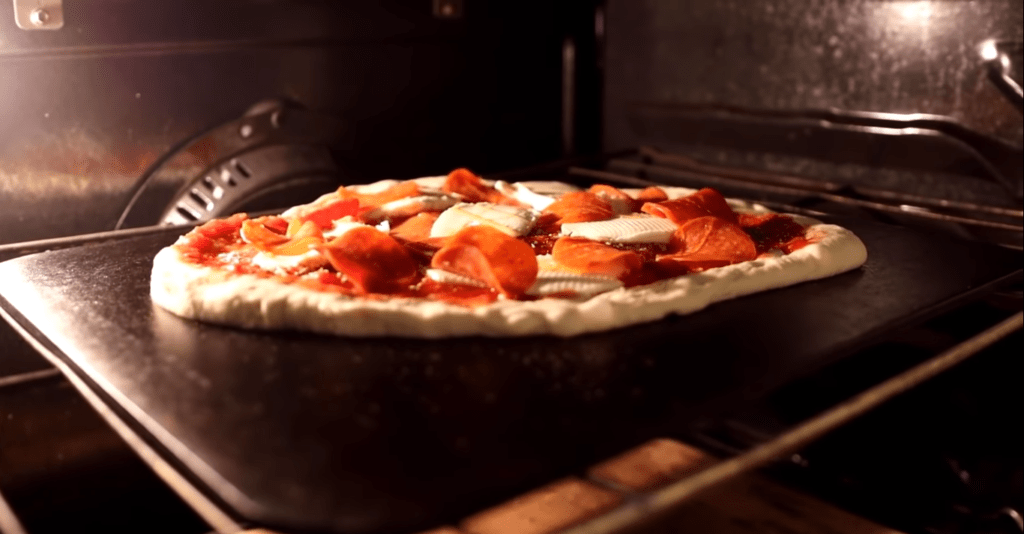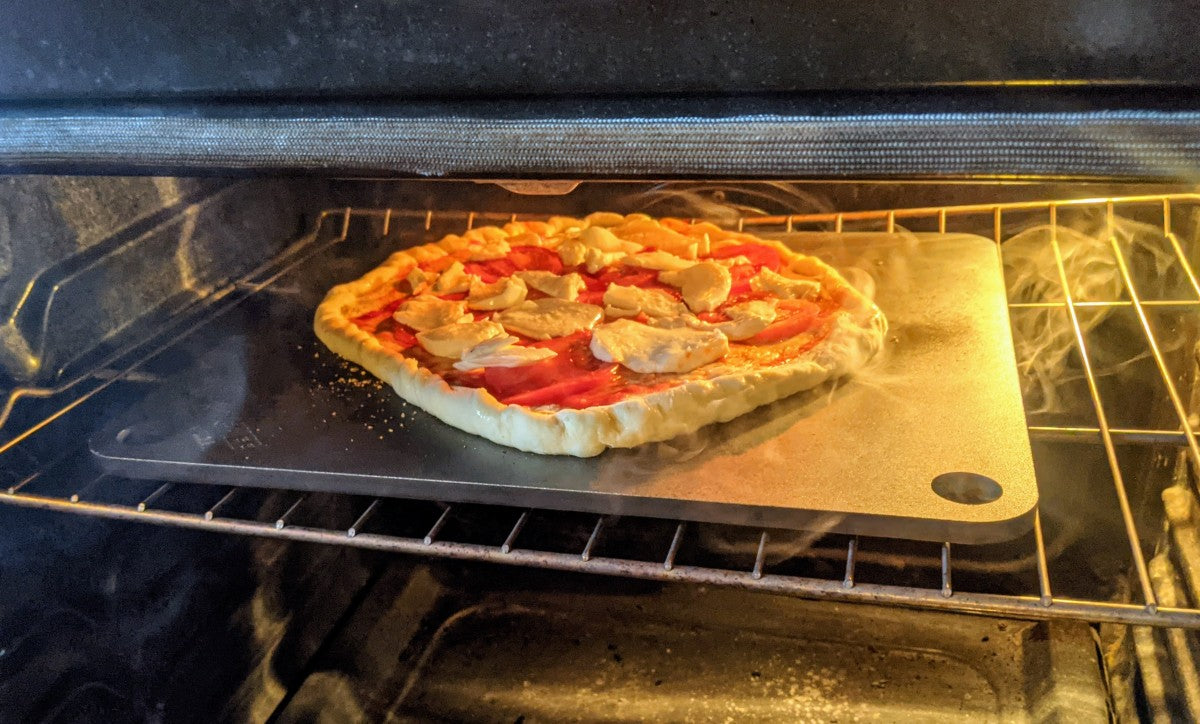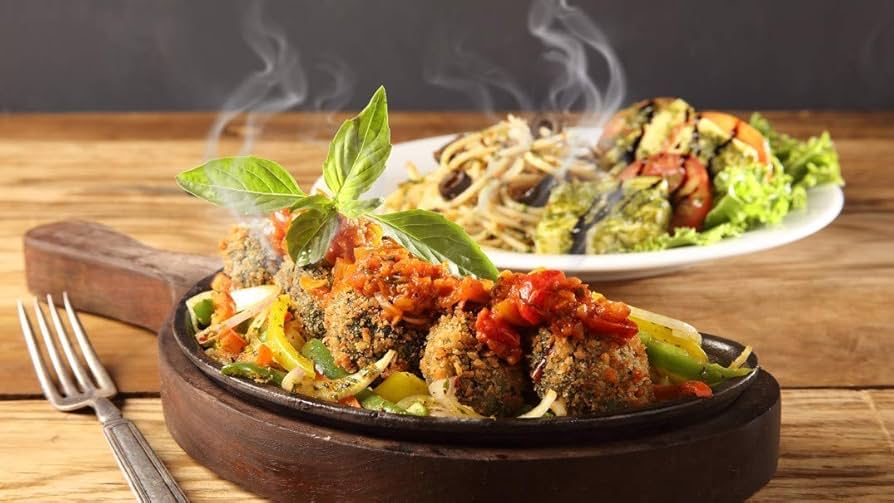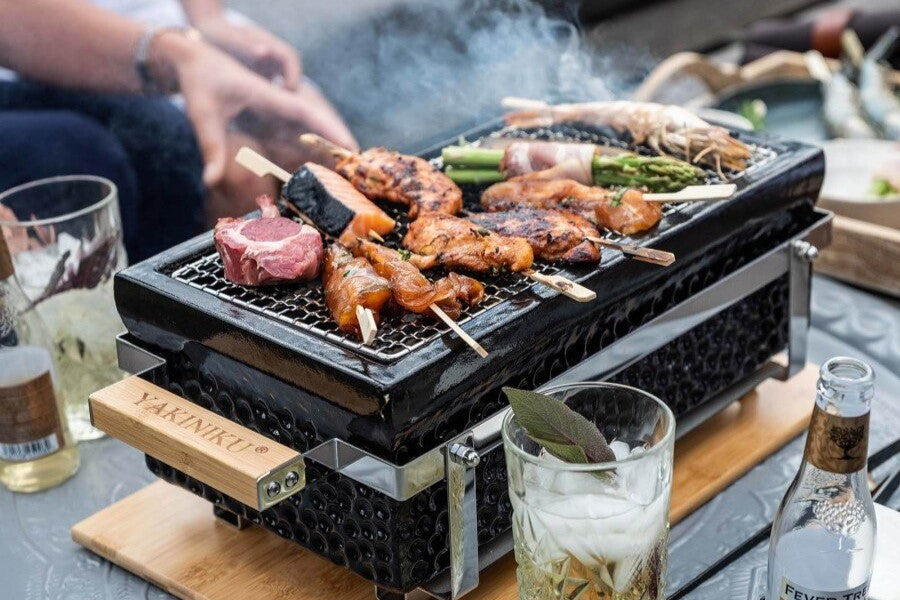When it comes to achieving that perfect crispy crust or evenly baked pizza, the role of a baking stone is often pivotal in any professional kitchen. Understanding the baking stone durability is crucial for kitchen professionals who want to ensure that their culinary tools are reliable and long-lasting. In this piece, we dive deep into the factors that influence the lifespan of your baking stone and offer tips for maintaining its condition over time.
:max_bytes(150000):strip_icc()/pizza-stone-testing-winners-lodge-pre-seasoned-cast-iron-baking-pan-wdickey-3-02-a8dc06f53f5d4be89d55a499294de19b.jpg)
Why is Baking Stone Durability Important?
In the culinary arts, consistency and quality are paramount. A baking stone not only aids in heat distribution but also enhances the texture of baked goods. The durability of your baking stone could mean the difference between a soggy pizza base and a beautifully crisp one. It's important to select a stone that can withstand the test of time and temperature changes.
Types of Baking Stones and Their Longevity
There are several types of baking stones available, each with unique features affecting their durability. Let's explore some:
Ceramic Baking Stones
Ceramic stones are popular due to their affordability and heat retention properties. However, they are more prone to cracking under thermal shock, especially if not preheated correctly. This makes understanding ceramic baking stone durability key to avoiding damage.
Cordierite Baking Stones
Cordierite stones offer a higher level of durability and can handle higher temperatures. They are less likely to crack, making them a favorite among professionals seeking long-lasting performance. Learn more about using baking stones in small ovens for effective results.
Steel Baking Stones
For those seeking exceptional durability, steel baking stones are an excellent choice. They offer rapid heat-up times and superior thermal mass. Steel's robustness makes it an ideal choice for high-volume kitchens where durability is critical.
Maintaining Your Baking Stone
Proper care is essential to extending the life of your baking stone. Regular maintenance routines can prevent common pitfalls that lead to premature cracking or weakening.
Preheating and Cooling
Always gradually preheat and allow the stone to cool at a natural rate. Sudden temperature changes can lead to fractures, so moderation is key. For more insights on the safe usage of baking stones, explore how to use stone bakeware.
Cleaning Methodology
Avoid soap as it may get absorbed into the stone and alter the taste of your food. Instead, use warm water and a brush to clean. Regular maintenance ensures cleanliness and prevents unwanted flavors.
Understanding Wear and Tear
Recognizing when a baking stone has reached the end of its life is part of understanding baking stone durability. Look for signs like severe cracking or loss of heat retention. Sometimes, compact solutions might offer better durability for smaller kitchens.
Long-Term Investment
Choosing a durable baking stone ultimately translates to a valuable long-term investment. Matching the right type of stone with your kitchens specific needs will maximize the lifespan of your equipment. In high-altitude kitchens, special considerations might be necessary. Visit baking stones at high altitudes for unique adjustments you might need to account for.
Expert Tips for Buying a Quality Baking Stone
When investing in a new baking stone, consider purpose, frequency of use, and thermal properties to ensure you choose a product that matches your culinary rigors.

FAQ
Can a baking stone be repaired?
Once a baking stone is cracked, it's challenging to restore its original structural integrity. Replacement is often recommended.
How often should I replace my baking stone?
Inspect frequently used stones seasonally or at least annually, replacing if significant wear is evident.
Is there a difference between a pizza stone and a baking stone?
While terms are often used interchangeably, pizza stones may be smaller and specifically designed to replicate authentic pizza crusts.
This article contains affiliate links. We may earn a commission at no extra cost to you.






Leave a comment
This site is protected by hCaptcha and the hCaptcha Privacy Policy and Terms of Service apply.